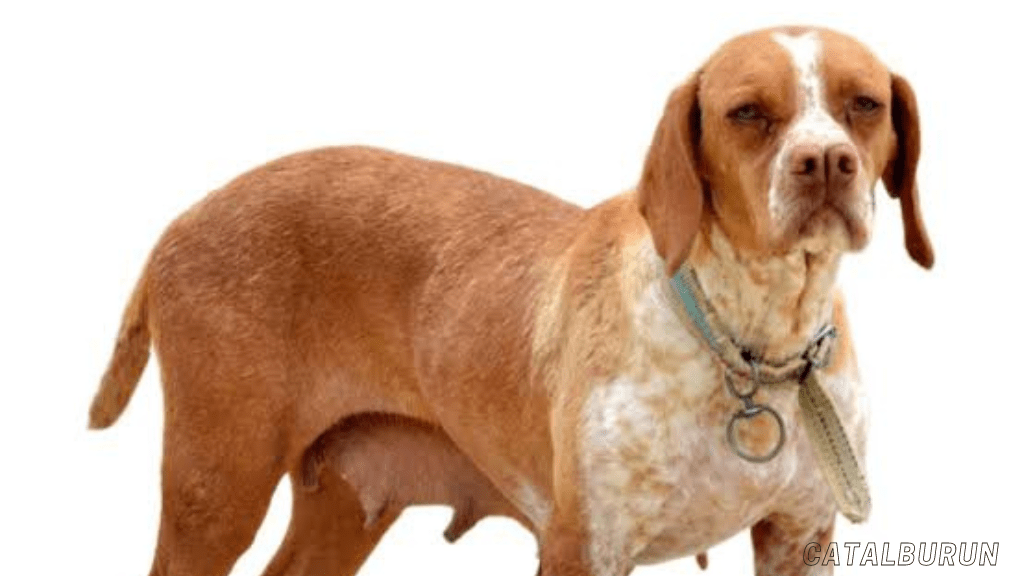Introduction
Rare dog breeds represent a fascinating aspect of canine diversity, embodying unique characteristics and histories that set them apart from more common breeds. These breeds, often with small populations and limited recognition, play a crucial role in preserving genetic diversity within the canine world.
In this comprehensive exploration, we delve into the world of rare dog breeds, examining their origins, characteristics, challenges, and the importance of conservation efforts.
Table of Contents
Historical Background
The origins of rare dog breeds are often intertwined with the histories of the regions and cultures from which they hail.Many rare breeds have ancient roots, with lineages that stretch back centuries or even millennia. These breeds were often developed for specific purposes such as hunting, herding, or guarding, and their unique traits reflect the environments and tasks for which they were bred.
Factors contributing to the rarity of these breeds vary but often include changes in societal needs, shifts in agricultural practices, or geopolitical events that have impacted breeding populations.
Additionally, the rise of industrialization and urbanization in recent centuries has led to the decline of many traditional working dog breeds as their roles became obsolete or were replaced by modern technologies.
Characteristics of Rare Dog Breeds
Rare dog breeds exhibit a wide range of physical traits, temperaments, and behaviors, each shaped by their unique breeding history and intended purpose. While some rare breeds are known for their striking appearance or distinctive coat patterns, others are prized for their intelligence, loyalty, or working abilities.
Physical traits can vary greatly among rare breeds, from the compact stature of the Norwegian Lundehund to the majestic presence of the Tibetan Mastiff. Coat types range from the curly locks of the Lagotto Romagnolo to the sleek, short-haired coats of breeds like the Thai Ridgeback. Temperament-wise, some rare breeds are known for their calm and gentle nature, while others are renowned for their boldness and independence.
Examples of Rare Dog Breeds
Rare dog breeds encompass a diverse array of breeds from around the world, each with its own unique characteristics and history. Among these breeds are the Azawakh, a slender and elegant sighthound from West Africa; the Catalburun, a Turkish breed known for its distinctive split nose; and the New Guinea Singing Dog, a primitive breed with a unique vocalization.
Other examples include the Thai Ridgeback, a versatile breed known for its agility and loyalty; the Bergamasco Shepherd, with its distinctive corded coat; and the Norwegian Lundehund, famed for its flexibility and extra toes. These breeds, while lesser-known, possess qualities that make them invaluable to those who appreciate their unique traits and heritage.
1. Azawakh

Originating from West Africa, the Azawakh is a slender and elegant sighthound known for its graceful appearance and keen hunting instincts. With a short coat and distinctive almond-shaped eyes, the Azawakh is prized for its agility and loyalty, making it a valued companion and guardian in its native regions.
2. Catalburun

3. New Guinea Singing Dog

4. Thai Ridgeback

5. Bergamasco Shepherd

6. Norwegian Lundehund

Challenges Facing Rare Dog Breeds
Despite their importance, rare dog breeds face numerous challenges that threaten their survival and well-being. Small population sizes make these breeds particularly vulnerable to genetic disorders and inbreeding depression, which can result in health problems and reduced fertility.
Additionally, limited recognition and lack of breed standards can make it difficult for rare breeds to gain widespread acceptance and support. Without adequate preservation efforts and responsible breeding practices, many rare breeds are at risk of disappearing entirely, taking with them a piece of canine history and genetic diversity.
Conservation Efforts
Fortunately, there are dedicated individuals and organizations working tirelessly to preserve and promote rare dog breeds. Conservation efforts may include breed-specific health initiatives, genetic testing and research, and breed promotion and education campaigns.
Collaboration between breed clubs, veterinarians, geneticists, and dog enthusiasts is crucial for developing sustainable breeding programs that prioritize the health and welfare of rare breeds. Additionally, raising awareness about the importance of genetic diversity and the unique qualities of rare breeds can help garner support and appreciation for these lesser-known treasures.
Future Prospects
Despite the challenges they face, the future looks promising for many rare dog breeds. Increased awareness and interest in traditional and rare breeds have led to a growing appreciation for their unique qualities and contributions to canine diversity.
Through continued conservation efforts, responsible breeding practices, and support from dedicated enthusiasts, many rare breeds have the potential to thrive and flourish in the years to come. By preserving these breeds, we not only honor their rich histories and cultural significance but also ensure the vitality and resilience of the canine gene pool for future generations to enjoy.
Conclusion
In conclusion, rare dog breeds represent a valuable and irreplaceable aspect of our canine heritage. From their ancient origins to their unique characteristics and contributions, these breeds enrich our lives and remind us of the remarkable diversity found within the dog world.
By supporting conservation efforts, raising awareness, and celebrating the unique qualities of rare breeds, we can ensure that these treasures continue to enrich our lives for generations to come. Let us embrace the beauty and diversity of rare dog breeds and work together to ensure their survival and well-being.
FAQs
1. What defines a rare dog breed?
2. Why are some dog breeds considered rare?
There are several factors that can contribute to a breed being considered rare, including low population numbers, limited geographic distribution, or declining interest in traditional working breeds. Additionally, breeds that have not been officially recognized by major kennel clubs may also be considered rare.
3. Are rare dog breeds suitable as pets?
4. How can I find a rare dog breed to adopt?
5. What are the health concerns associated with rare dog breeds?
6. How can I help support rare dog breeds?
There are several ways to support rare dog breeds, including spreading awareness about their unique qualities and historical significance, supporting breed-specific conservation efforts and rescue organizations, and choosing to adopt or purchase a rare breed from responsible breeders who prioritize the health and welfare of their dogs. Additionally, participating in breed-specific events, competitions, and activities can help promote and preserve rare breeds for future generations to enjoy.
- You might be interested in reading this posts as well

Shielding Homes: The Vital Roles of Protective Dog Breeds

“Unveiling the Charm: Top 05 Friendliest Dog Breeds Revealed”

“The Ultimate Guide to Fastest Dog Breeds for Running”

08 Adorable Fluffy Dog Breeds That Will Melt Your Heart

“Faithful Companions: Discovering the Most Loyal Dog Breeds”


Нарукавники одноразовые для сельского хозяйства: защита от грязи и вредных веществ
Салфетки в рулоне из нетканого материала http://www.odnorazovie-halatyi.ru/ .
Вафельное полотно: Ваш незаменимый помощник в уборке
Нарукавники одноразовые https://www.odnorazovie-halatyi.ru .
Услуги сантехника 24/7 – Выезд на дом без выходных
механическая прочистка труб канализации http://vyzov-santekhnika78.ru/ustranenie-zasorov/mehanicheskaya-ochistka-kanalizatsij/ .
Профессиональный сантехник для решения сложных задач: услуги 24/7
сантехник срочно http://vyzov-santekhnika-2.ru/ .
Ваш личный сантехник: качество услуг по отличной цене
прочистка труб устранение засора http://www.vyzov-santekhnika01.ru/ustranenie-zasorov/ .
Уборка и клининг медицинских учреждений в Москве: Забота о здоровье начинается с чистоты
клининговая служба https://www.kliningovaya-companya-v-moskve.ru .
Алкоголь круглосуточно с доставкой: наслаждайтесь праздником без забот
заказ алкоголя http://www.dostavka-alkogolya-moskva.ru/ .
Вывод из запоя в Петербурге: цена, которая удивит вас
вывод из запоя недорого http://www.vivod-iz-zapoya-79.ru .
Строительство каркасных домов: как не переплатить
каркасные дома под ключ https://www.karkasnyedomaspb.ru .
Redefining Gaming: The Role of WoW Boosting Services
wow boosts https://wow-boost1.com .
Дипломы о высшем образовании купить: сравнение цен
купить диплом высшее http://www.dipla-slide.ru .
Сантехник СПб: быстро, недорого, качественно
услуги сантехника в спб https://www.24santehnik-2.ru/ .
Самый удобный способ купить алкоголь с доставкой
доставка алкоголя в москве круглосуточно на дом https://www.dostavka-alkogolya-moskva-11.ru/ .